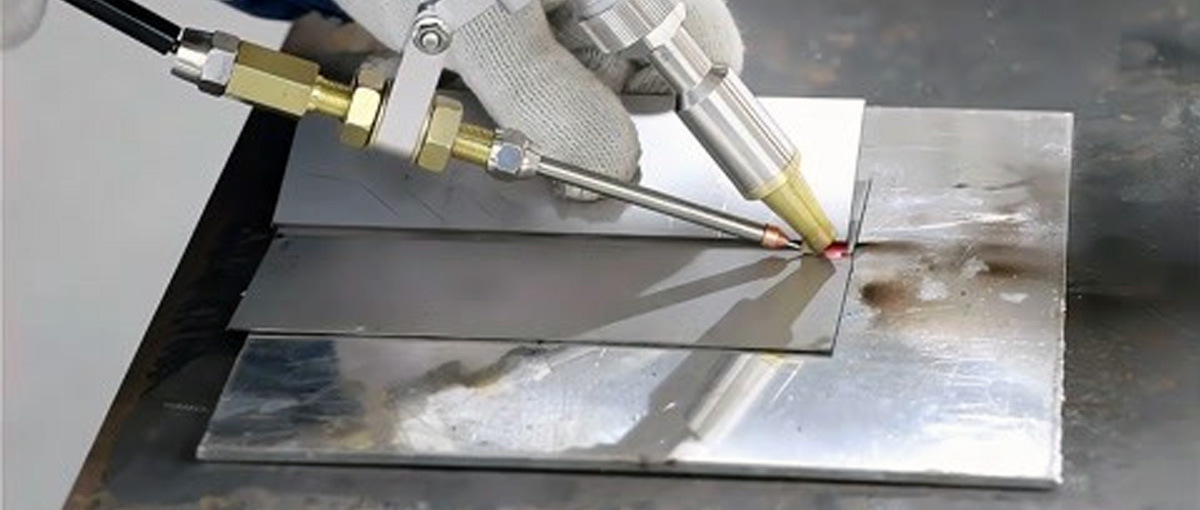1. How to identify common faults
● Welding is not strong
Symptoms: The weld joint is not strong enough, which makes the parts easy to fall off or tear.
Troubleshooting method:
Check whether the welding parameters (such as power, speed, argon flow rate, etc.) meet the specifications.
Check whether the welding materials are matched, considering the thickness and material composition of the base material.
Ensure that the welding surface is clean and free of oil, oxides or welding slag.
Check whether the welding machine settings are accurate, such as beam focus adjustment, welding sequence, etc.
● Weld defects
Symptoms: Cracks, pores, inclusions or incomplete penetration in the weld.
Troubleshooting method:
Check the optical system of the welding machine to confirm that the lens and mirror are clean and the focus is correct.
Evaluate the welding speed and movement trajectory to ensure uniformity and stability.
Monitor the cooling system to ensure that there is no overheating during welding.
Observe whether there are impurities or external influences during welding, and adjust the shielding gas flow in time.
● Unstable laser power
Symptoms: The welding process is strong and weak, affecting the welding quality.
Troubleshooting method:
Check the normal operation of the cooling system to prevent the laser from overheating.
Perform laser power calibration regularly to confirm whether the laser output is stable.
Check the voltage and current stability of the laser power supply to ensure that power supply problems do not affect the laser output.
● Mechanical failure
Symptoms: The welding machine does not move smoothly, makes abnormal noises, or cannot be controlled.
Troubleshooting methods:
Check the lubrication of mechanical parts to ensure sufficient lubricating oil to reduce friction.
Observe the motion trajectory to ensure that there is no foreign matter interfering with the guide rail.
Detect the operating status of the motor and transmission system to confirm that there is no wear or failure.

2. Seek support and maintenance from professional technicians
● Contact professionals in time: When the fault cannot be solved through routine troubleshooting, it is recommended to contact professional technicians as soon as possible for in-depth inspection and maintenance to avoid further damage to the equipment or delay in production.
● Regular maintenance service: In order to prevent potential problems from occurring, it is recommended to sign a regular maintenance agreement with a professional maintenance company. This allows preventive maintenance and repairs to be performed before the equipment fails, ensuring that the laser welding machine always operates in the best condition.
● Train employees: Provide professional training for operators to enable them to have certain troubleshooting and simple maintenance capabilities, identify problems in time and take corresponding measures to reduce equipment downtime.
Through effective troubleshooting and professional maintenance, the operating efficiency and production quality of the laser welding machine can be greatly improved to ensure smooth production.
























